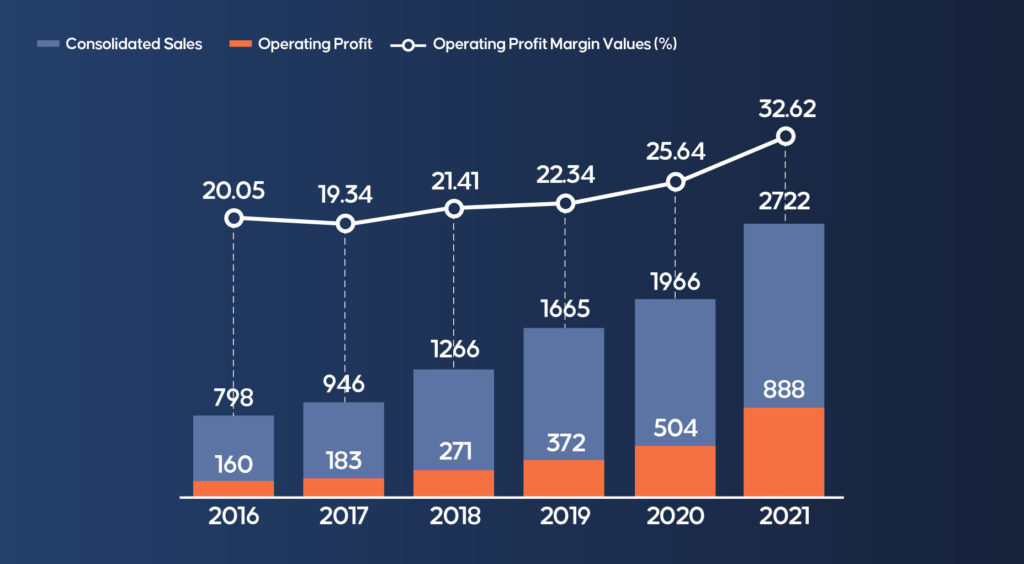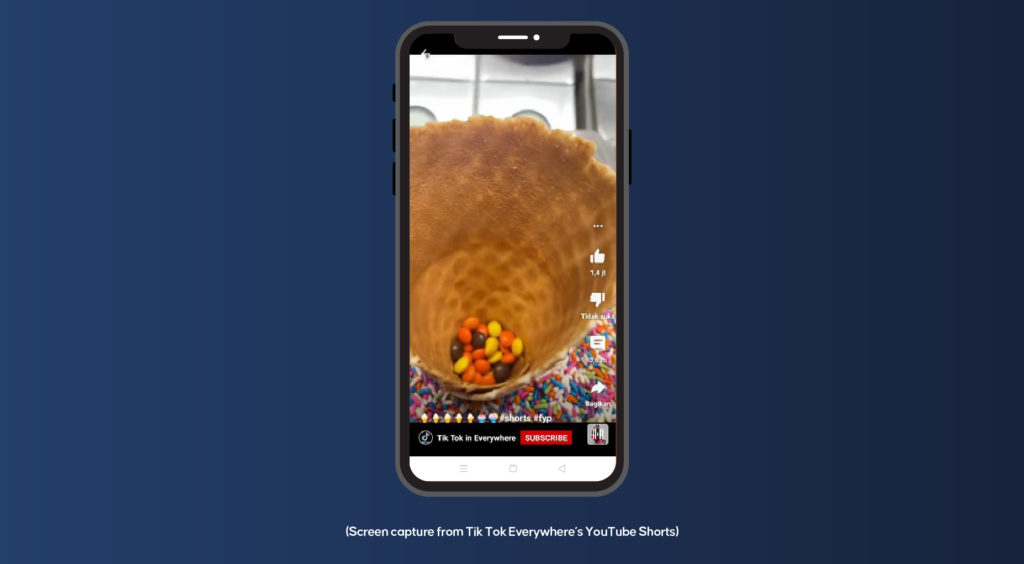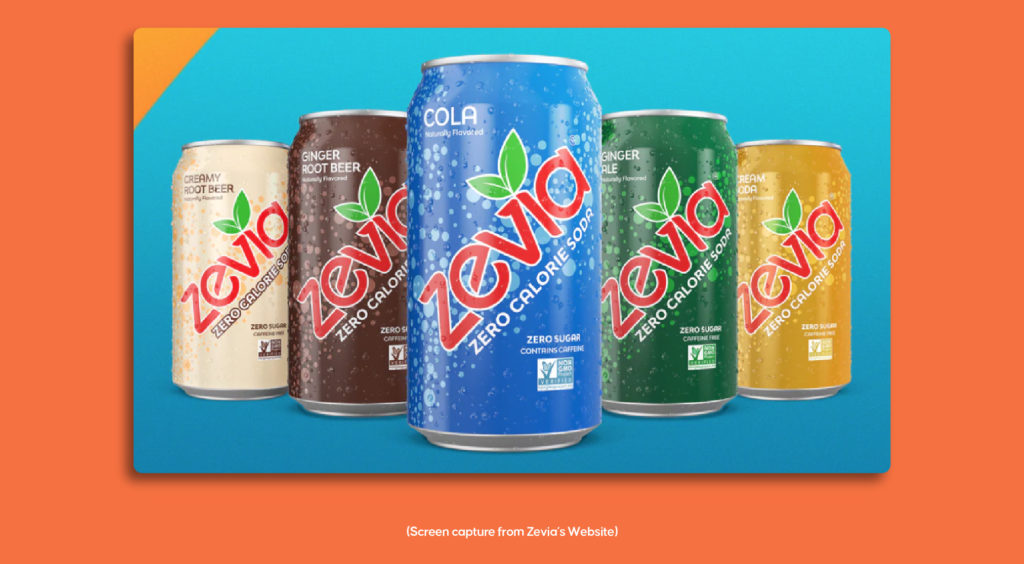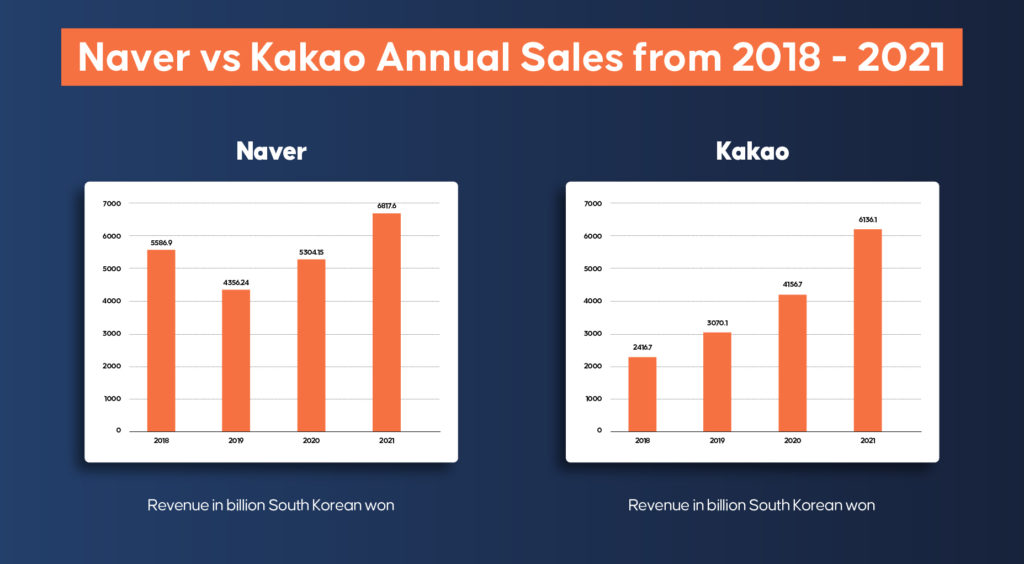Inquivix HQ
1-903, 18 Eonju-ro 146-gil,
Gangnam-gu, Seoul, Korea
06057

South Korea is increasingly adaptive to digital trends. As a result of this digital marketing has increased the revenue of many businesses over the past year. Today’s post brings you updates on how Afreeca TV, Naver, and Kakao performed in sales in 2021 compared to previous years. We also have some updates on new marketing strategies that are trending in South Korea that involve YouTube Shorts, virtual humans/idols, and online fashion communities. In the consumer goods industry, there is a rising demand for zero-calorie beverages. In addition, how the South Korean Government has taken the initiative to adapt to the digital transition is discussed.
1. Afreeca TV Reaches Its Highest Ever in Advertising Sales

AfreecaTV, which stands for “Anybody can Freely Broadcast TV,” is South Korea’s most popular live streaming service. The platform also offers shows such as variety shows and drama series, as well as esports.
Afreeca TV achieved a record high of KRW 272.2 billion in sales in 2021, an increase of 38% from the previous year’s KRW 196.6 billion. Operating profit rose to KRW 88.8 billion, up 76% from the previous year’s KRW 50.4 billion, resulting in an operating profit margin of 32.62 percent. Sales of digital advertising are exploding. Star balloons and subscriptions generated KRW 272.3 billion in platform sales, a 33% increase compared to the previous year, while content-type advertisements increased advertising sales by 82%, reaching a total of KWD 53.5 billion.
2. Virtual Human Marketing: A Growing Trend in South Korea

In South Korea, there’s a growing trend of “virtual human marketing.” It is no exaggeration to say that Virtual Celebrities, which have become an alternative to human models in advertisements, are being used by many companies in digital marketing campaigns. The use of Virtual Reality Idols in advertising campaigns is on the rise, but many people are unaware that these digital celebrities exist. A recent survey found out half those polled were unfamiliar with “virtual human marketing”
In order to understand public opinion on this, a survey was conducted and over half of the respondents (50.36%) said they were unaware of virtual human marketing. When the participants were asked whether they had ever come into contact with any active virtual influencers’ material, 58.95% said “no,” compared to those who answered yes, 41.05%.
3. YouTube “Shorts”: Ad-Free and Optimized for Smartphones

YouTube “Shorts” are short-form content that has gained immense popularity and is naturally optimized for smartphones. One reason for its popularity among users is that “Shorts” do not have advertisements. You may simply swipe your finger across the screen to alter the video you are watching as if you were changing the TV channel. It is also effective in product commercials. Many YouTubers also piqued consumers’ interest in Dyson’s Airwrap by uploading videos about the product on Shorts. The Korean Entertainment industry is especially benefitting from the popularity of YouTube Shorts. The user-generated content based on the songs, dance moves, or drama clips is doing the marketing for them.
4. Consumer Interest in ‘Zero-Calorie/Functional’ Carbonated Drinks Is on the Rise

As more and more consumers consider calories and health, the beverage industry is working hard on marketing zero calories and functional soda. Many companies, in keeping with the health-conscious movement, have increased marketing for zero-calorie and functional carbonated beverages, according to the beverage industry. Carbonated water with fruit flavor, which was once an uncommon sight, is becoming increasingly popular with the rise of the zero-calorie trend. In fact, popular search terms in the soft and carbonated beverage industries on Naver Data Lab include Zero Coca-Cola, Pepsi Zero, Coca-Cola Zero, and Pepsi Zero Lime.
5. Naver and Kakao Report Annual Sales of KRW 6 Trillion

Naver and Kakao, both battling for first place in the web portal sector in South Korea, recorded over 6 trillion won in annual sales. Naver recorded KRW 6.8176 trillion in sales last year leading the chart. According to Kakao, its sales increased 48% from the previous year to KRW6.1361 trillion in 2021. In 2020, Kakao’s sales increased rapidly to about 4 trillion won for the first time but fell behind Naver’s 5 trillion won.
The expansion of both firms was fueled by numerous new businesses such as content, commerce, and advertising. Shopping Live and brand shops, as well as the rise of webtoons, which reached over 1 trillion dollars in annual transaction volume, drove Naver’s growth. In addition to games, the rapid expansion of the Talk Biz and Portal Biz, Kakao Mobility, Kakao Pay, and the increase in cloud sales for KAKAO Enterprise has allowed Kakao to achieve the best performance.
6. South Korean Government to Nurture One-Person Advertising Content Creators

The Ministry of Culture, Sports, and Tourism announced that together with the Korea Broadcasting Advertising Promotion Agency (Kobaco), it will train one-person advertising content creators in order to allow talented individuals with specialized advertising production skills to work in the industry.
This program offers one regular education course, three special education courses, and an advertising production contest. 48 students will be recruited, for the four-month program from March to mid-June. The curriculum is a hands-on, integrated education that teaches the entire process of advertising, from advertising planning to shooting, editing, and production. The selected students will get the opportunity to work in an advertisement production studio and educational facilities equipped with high-spec filming and editing equipment.
7. Fashion E-commerce Platforms to Integrate Active Online Community Building

More and more fashion sites, such as SSF Shop and Musinsa, are creating or expanding community roles. The Samsung C&T’s SSF Shop launched a community function called “Seosapae Diver,” and Musinsan lowered the barrier on its “Musinsa Snap” platform to extend its upload authority to all clients. This new strategy was employed to face the challenges faced by the fashion industry due to COVID-19. Consumers will use online fashion platforms to share their own content by adding a social aspect to the shopping experience. It’s part of nudge marketing, which focuses on consumers and naturally leads them to make purchases.
